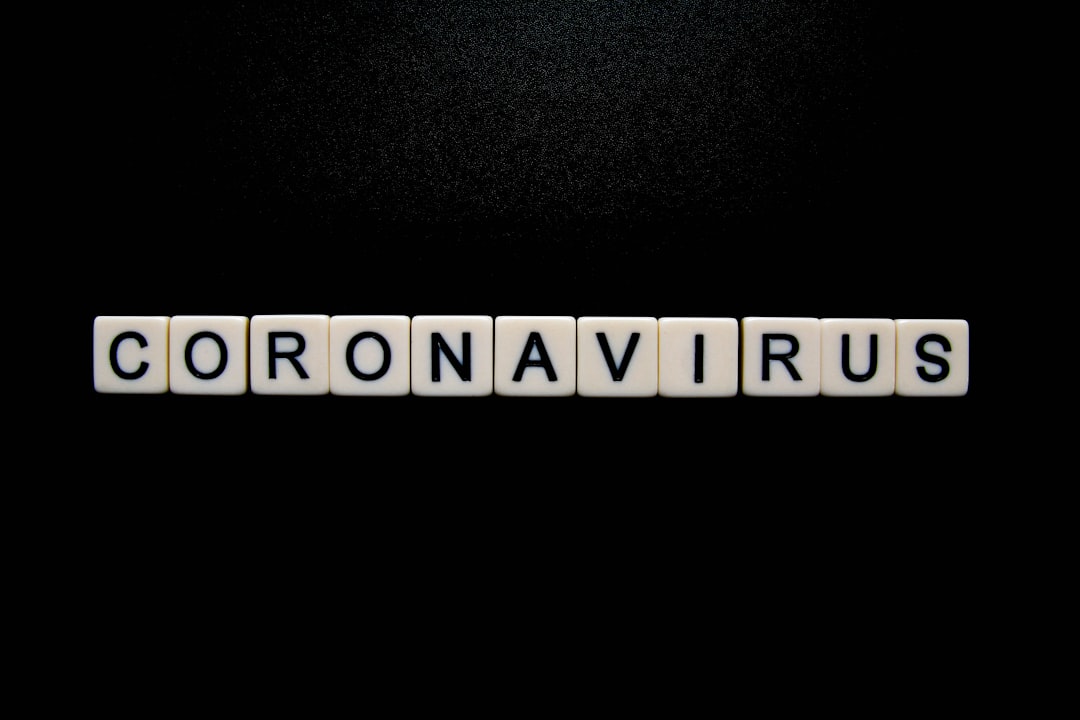What is it about?
How can we measure diet in rural, illiterate populations? This research describes how we developed a book of portion size photographs to aid the quantification of diet in rural Nepal. It also describes the validity of this tool (did people select the right photographs?), and suggests how the tool could be improved.
Featured Image
Why is it important?
There are a number of studies that have reported on the validity of photographic food atlases, but very few come from south Asia. This study also uses important measures of validity, such as Bland-Altman limits of agreement and Cohen's Kappa; these measures not commonly reported but are important if the tool is intended for individual dietary assessment. Perhaps even more usefully, the paper gives practical details on the methods and cultural challenges of developing and validating an photographic atlas in south Asia.
Read the Original
This page is a summary of: Development and validation of a photographic food atlas for portion size assessment in the southern plains of Nepal, Public Health Nutrition, March 2016, Cambridge University Press,
DOI: 10.1017/s1368980016000537.
You can read the full text:
Contributors
The following have contributed to this page










